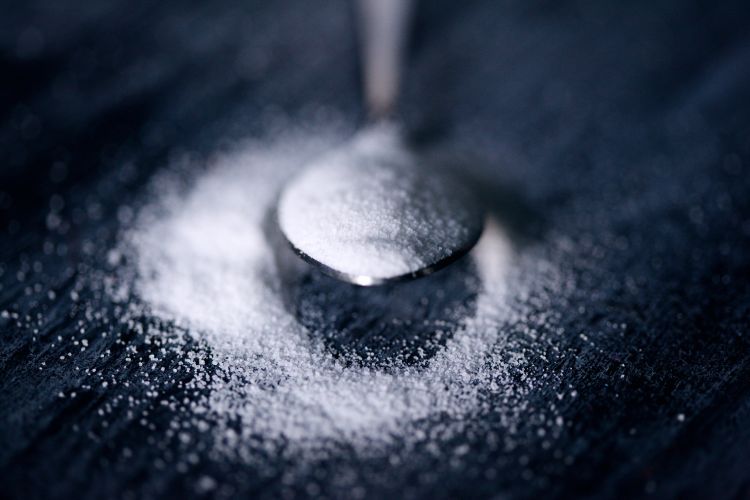
Sugar millers in the country have charted an ambitious roadmap with the aim of achieving a 50% average ethanol blending with petrol by 2030. This effort comes as the government strives to increase the production of environmentally friendly fuel. In a recent presentation, sugar millers proposed that the government invest an additional cumulative amount of Rs 50,000 crore to enhance distillation capacity. This investment would be in addition to the already allocated Rs 15,000 crore intended for achieving a 20% blending target by 2025.
One of the recommendations put forth by sugar millers is the introduction of E-100 flex-fuel vehicles (FFVs), designed to operate on petrol blended with 10-100% ethanol. This proposal comes shortly before the government’s historic launch of the first-ever 100% ethanol-powered car.
READ | Volatile global prices, climate change threaten another round of food price shocks
Significance of ethanol blending
Ethanol, recognised as an environmentally friendly fuel, holds immense importance in a time when governments worldwide seek sustainable energy solutions. As a plant-based fuel, ethanol is renewable in contrast to conventional crude oil-derived fuels. Consequently, there is a notable drive towards increased ethanol blending in the country. Industry response to the call for enhanced blending has been impressive, with ethanol blending more than doubling over the past two years. This progress was so significant that the target for achieving 20% ethanol blending was brought forward from 2030 to 2025.
India heavily depends on fuel imports to meet its energy needs, making it crucial to ramp up domestic ethanol production. This initiative aligns with the government’s vision of an Atmanirbhar Bharat (self-reliant India) and its efforts to reduce import dependence. According to the roadmap presented by sugar millers, increased domestic ethanol production could save approximately $15 billion in foreign exchange by 2030. Moreover, it is expected to curtail petrol imports and contribute to a rise in farmers’ income by around Rs 1.8 trillion.
Ethanol blending targets, challenges
The ethanol blended with petrol (EBP) programme was initiated in India in 2003 to promote the usage of renewable and eco-friendly fuels. While the programme’s initial target was a 5% ethanol blend, the goals have been revised multiple times. The current government aimed for 10% ethanol blending by 2022 and 20% blending (E20) by 2030. This target was then moved up to 2025, with the latest objective being to achieve 50% ethanol blending with petrol by 2030.
However, meeting the 50% blending target by 2030 presents challenges. To achieve an annual nationwide average blending rate of 50% by 2030, around 30 billion litres of ethanol will be required. Approximately 15-16 billion litres are expected to come from sugarcane-based molasses, while the remainder will be sourced from damaged grains, maize, and other alternatives.
Previously, ethanol production was primarily based on molasses derived from sugar production. As the sugarcane route proved insufficient to achieve the 20% blending target, the government permitted ethanol production from food grains like maize and damaged food grains (DFG), including rice from the Food Corporation of India (FCI). However, the subsidized supply of rice for ethanol production has caused losses for FCI, rendering the model unsustainable. To secure rice availability for ethanol production, the government banned the export of non-basmati white rice in July 2023, reclassifying it from “Free” to “Prohibited” under the export policy.
Tapping into surplus sugar for ethanol
Once the proposed blending plan is implemented, surplus sugar within the system could be harnessed for ethanol production. This strategy could eliminate the need to export excess sugar, redirecting it for domestic consumption. India’s average sugar production over the past three years has hovered around 40-41 million tonnes, with domestic consumption amounting to approximately 27.5-28 million tonnes.
Industry experts are optimistic that the remaining sugar, around 10-13 million tonnes, could yield 15-16 billion litres of ethanol. This surplus ethanol could play a pivotal role in achieving the target of an all-India average of 50% blending by 2030, thereby reducing dependence on exports.
Sugar millers’ ambitious roadmap towards 50% ethanol blending represents a significant stride towards achieving energy sustainability and reducing import reliance. While challenges exist, the industry’s determination and the government’s commitment signal a transformative shift towards a more environmentally friendly and self-reliant energy landscape.

